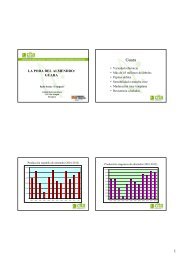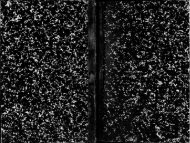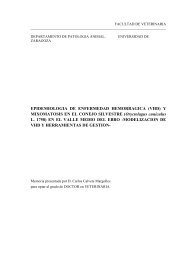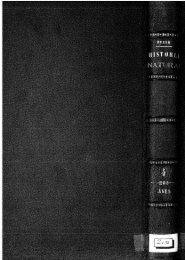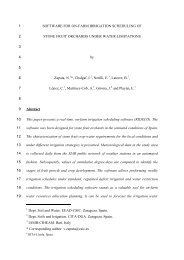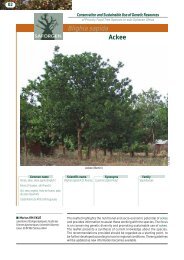1 A Recursive Dynamic Computable General Equilibrium Model For ...
1 A Recursive Dynamic Computable General Equilibrium Model For ...
1 A Recursive Dynamic Computable General Equilibrium Model For ...
Create successful ePaper yourself
Turn your PDF publications into a flip-book with our unique Google optimized e-Paper software.
pick up) rather than a long term structural problem. This implies a more elastic capital<br />
supply function below KE. Consequently, this criteria favours the choice of a smaller α<br />
parameter value. On running repeated robustness tests a value of 0.5 was elected.<br />
Having determined the impact of excess capacity on capital rental rates, it is also<br />
necessary to modify the impacts of excess capacity on expected rates of return and capital<br />
accumulation. Concentrating first on expected rates of return, we follow Dixon and<br />
Rimmer (op. cit.), by modifying equation (21) to:<br />
[ ( 1−<br />
x)<br />
E + xR ] − ( 1 U ). D<br />
Et = U.<br />
t−<br />
1 t −<br />
0 ≤ x ≤ 1 (26)<br />
Thus, in the crisis years only, the rate of return is adjusted downwards owing to the<br />
existence of capital which is held idle (i.e., excess supply of capital). More specifically, the<br />
rule for investors’ expectations remains unchanged for that proportion of capital which is<br />
in usage (U < 1), whilst the rate of return on idle capital (1-U) is a negative function of the<br />
depreciation rate (D). In other words, capital which is not in use accrues no return and<br />
deteriorates at the rate of depreciation (Dixon and Rimmer, (op. cit.)). In the remaining<br />
years where no excess stocks of capital are held, equation (26) collapses to equation (21)<br />
and equation (24) is effectively switched off via a change in the model closure.<br />
Finally, the impact of excess capital capacity is introduced into the capital growth<br />
equation:<br />
β<br />
t<br />
β<br />
t<br />
G = Q.<br />
G M U /( Q −1<br />
+ M )<br />
(27)<br />
t<br />
trend<br />
where the impacts of new investment on capital growth rates are moderated when there is<br />
excess capital stock in the crisis years (i.e., U < 1).<br />
7. Adjustment of (sticky) real wages to employment<br />
In a recursive year-on-year recursive dynamic framework, it is useful to have a<br />
mechanism for capturing the medium term relationship between changes in wage growth<br />
and employment. In particular, when modelling labour market rigidities (particularly<br />
pertinent in the case of Spain), it is useful to be able to calibrate the relationship between<br />
changes in real wages and employment levels, if possible via the usage of historical<br />
secondary data. In the dynamic version of ORANI, the approach is to gauge the<br />
relationship between changes in the employment level in a given period ‘t’ (Lt) and changes<br />
in the long run ‘trend’ level of employment (Tt), with changes in the real wage. 29 In our<br />
typical dynamic ORANI closure, employment in each period is controlled exogenously, 30<br />
29 The trend level could be thought of as as the level of employment corresponding to NAIRU<br />
30 It should be noted that by controlling employment rates year on year, we are implicitly taking account of<br />
changes in unemployment.<br />
39



